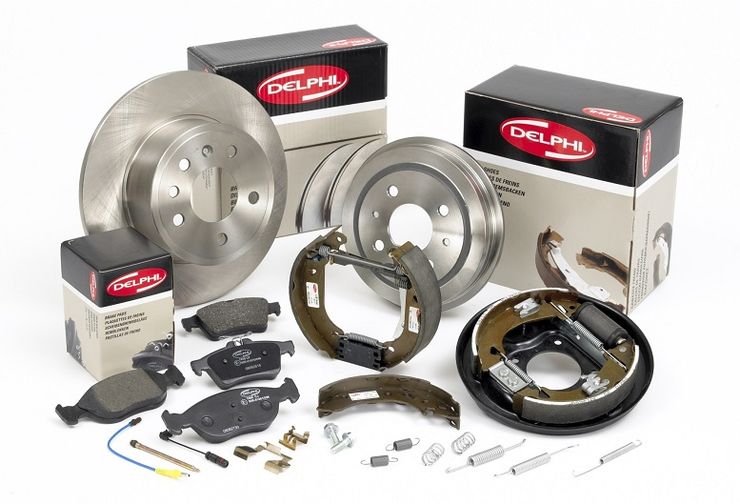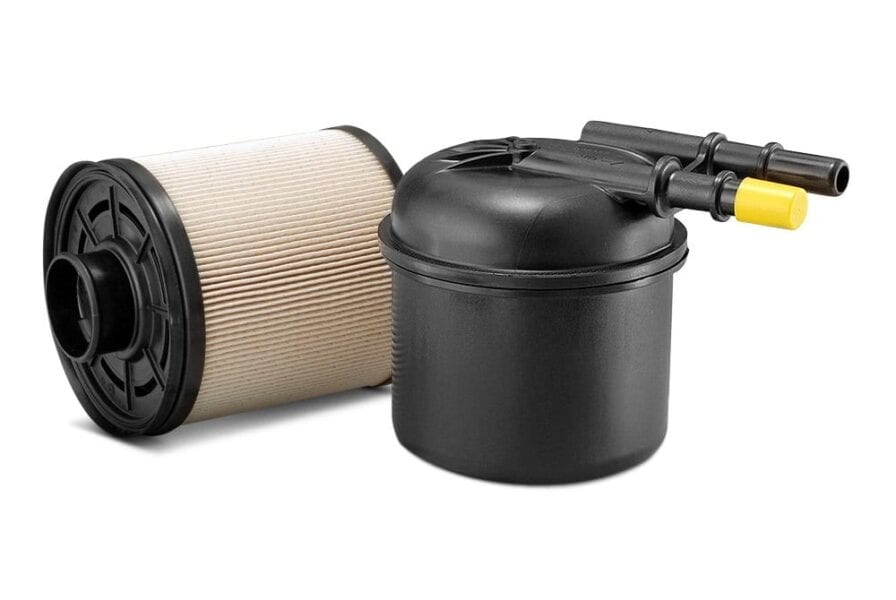
Choose your brake pads well
Content
- Organic chips, ceramics, sintered metal, kevlar ...
Organic chips, ceramics, sintered metal, kevlar ...
What material for what use and what kind of motorcycle?
Regardless of the bike, there must be a day when replacing the brake pads becomes necessary or even mandatory. Indeed, you shouldn't play with the braking system. Knowing how to brake and especially being able to brake effectively is vital for any biker. But now that the part wears out, which model should you buy? What are the differences and advantages of the various existing brake pads? What material and composition do you prefer? We'll tell you everything about brake pads.
Compulsory brake disc compatibility
First, you must be well informed about the material that makes up the brake disc (s). Indeed, the spacers must be compatible with the discs.
Thus, sintered metal plates are presented as the best. Therefore, to get the best for your bike, choose this type of pad.
But the cast iron disc goes wrong with sintered metal spacers, which wear out very quickly. However, it is rare, not to mention absent in modern production, unless you have opted for a Boehringer record, for example, or an older generation Ducati Hypersport.
And the record costs much more than the plates, it is better to make the right choice and not be mistaken.
Original or customized parts
The type of insert is an important criterion to consider according to your type of use and your needs. There are many suppliers of gaskets, starting with your dealer and therefore the manufacturer of your motorcycle or scooter. These parts, called OEM (to denote original assembled parts), are available from dealerships. They fit perfectly to specifications, often barely more expensive than adaptable ones, and above all they have proven themselves for your machine. Starting with identical means having a guarantee of safety in addition to simplicity.
However, when it comes to waffles (a material in a literal and figurative sense), there are many options, all from major manufacturers, all with a fuller range and more specific uses than each other.
One of the links in braking is: Brembo, which sells brake pads for many original models and teams of many European brands in brake calipers, where Nissin or Tokico have the privilege of large Japanese production.
On the adaptable side, there are also brands like TRW or EBC, or, closer to us, the French brand CL Brakes (formerly Carbone Lorraine). Supplier specialized in brake pads. However, before choosing a name, we select characteristics. What do you already know about brake pads?
Different types of brake pads
More than a brand, you need to focus on the type of plate. There are 3 main families:
- organic or ceramic plates,
- sintered or sintered metal plates
- kevlar or track-related pads.
Brake pad composition
But first of all, let's take a look at what the brochure is made of and what these elements are used for. A brake pad consists of two elements: a lining or wear-resistant part (which can be made of several materials) and a mounting bracket to the caliper.
The wearing part usually has bonding resins, which are the main component of the gasket, lubricants, which play on progressive braking and limit impacts (it should slide!), And abrasives, whose role is to clean the brake lane to ensure consistency and, above all, efficiency. Depending on the distribution of each component, we play according to two main parameters: braking performance and pad wear.
Also, keep in mind that the coefficient of friction (thus the attachment of the plate to the disc) depends on the temperature reached by the plate. It is about the operating temperature. The higher it is, the more we are in the field of sports use. In this case, count over 400 ° C.
Organic or ceramic brake pads
These are the ones that are most often found original. They cover a wide range of applications, many driving conditions and types of driving. First of all, they provide progressive braking and are immediately effective. They are rightfully considered road signs. Some even reserve them for light vehicles (up to medium offsets).
The bad ones are not punished anywhere only by their main component, which causes wear and tear a little faster than with specialized gaskets. This is due to a certain tenderness aimed at protecting the brake disc (s) from too rapid wear.
Indeed, the lining of organic plates consists of an amalgam binder, aramid fibers (like Kevlar), and graphite (like in pencil wires). Graphite is nothing more than the famous black (carbon) powder found in calipers that will contaminate your hands profusely when handling brake elements or pulling your finger over the disc.
Pros:
- Compatible with all types of discs
- No need for temperature rise
- Compatible with many motorcycles and driving types
- They provide consistent and progressive braking
Cons:
- Less effective than agglomerate for heavy braking
- Pretty quick wear
- Less effective at high temperatures
Sintered metal brake pads or sintered
We forget aramid in favor of an alliance of graphite (always) and ... metal. We do not immerse elements in a deep fryer, we rather trust chemistry and physics. The metal powder is heated until it agglomerates (the particles "mix" together). The result is a harder lining, which significantly improves the temperature reached during braking. Effects? More stamina.
Thus, they can heat up more (600 ° C versus 400 ° C for organic) and are therefore more suitable for heavy and / or sports motorcycles. Better yet, they provide increased stopping power and, above all, better progressivity. The "feel" when gripping the lever is more precise, without the need to suffer any side effects.
The sintered metal plate is very uniform, efficient, and its durability seems to be longer under normal use. It will also be more appreciated when driving sports because of its particularly suitable performance characteristics. On the other hand, a brake disc that is more stressed and in contact with a harder material will wear out faster than with organic pads.
Pros:
- Long-lived, because the material is more complex. Ideal for bikers braking on tough or sloping terrain.
- Warmth support (repeated and strong braking)
Cons:
- Incompatible with cast iron discs
- Discs wear out faster (because the plates are harder)
Semi-metallic brake pads
Half metal, half organic, half-metal is the plate-like equivalent of a human worth 3 billion, that is, a cyborg waffle. However, they are much more affordable than before, and especially less frequently. The undecided plaques par excellence, which eliminate the qualities of each of the two families. Therefore, the choice is a compromise.
Kevlar gaskets
Designed for high performance motorcycles, they are for chain driving only... Indeed, these gaskets are useless for daily life, or even dangerous, and must match the heating process.
Pros:
Suitable for sporty driving on the highway
Cons:
- Higher price
- Effective if they reach heating temperature
- Discs wear out faster
Poor choice risks
The risks are numerous. On the road, braking will either be too hard if the pads are too strong for the weight and offset of the bike, or too soft if the braking distance is dangerously extended. In terms of wear, pads that are too hard and abrasive compared to some discs can quickly damage the disc. Do not play!
Replacing the gaskets yourself
Now that you know how to choose replacement brake pads, all that is left is to replace them by following our tutorial. It's pretty simple and fast! And don't forget about the hassles after applying the pads!
